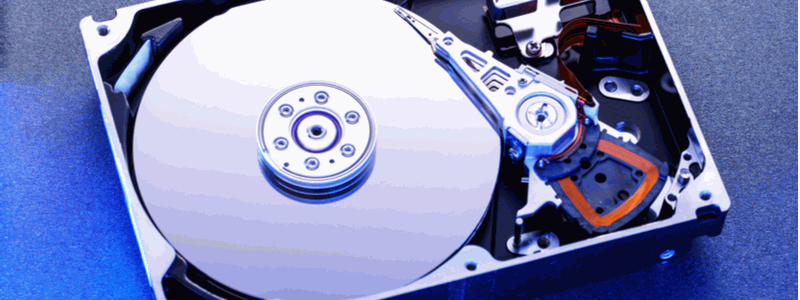One of the most important components in a computer besides the CPU is the hard drive. You can have the fastest computer in the world, but what good is it if you don’t have any way to store your data? The iterations of data storage have undergone many changes over the years with the HDD (Hard Disk Drive) remaining the longest and most-used medium around. But that top spot is slowly starting to change.
With the introduction of Flash storage and Solid State Drives (SSD), access times are much faster. Boot up times on SSD are listed in mere seconds versus waiting almost a minute for an HDD to boot up. But there are potential bottlenecks in data read times, even with SSD’s! For instance, a slow processor can be a bottleneck in dealing with a fast SSD. Now there’s a new Sheriff in town and his name is NVMe which stands for Non-Volatile Memory Express.
NVMe improves the communication speeds between storage drive and processor. It achieves this by acting as a host controller interface that is focused on Flash storage and future storage mediums with no backward compatibility with older forms of storage. NVMe interfaces have shown to improve bandwidth, lower CPU usage, better multi-core CPU utilization, and reduced latency. NVMe can be used in Enterprise settings as a server and can help your business with increased production and lower seek times for data.
